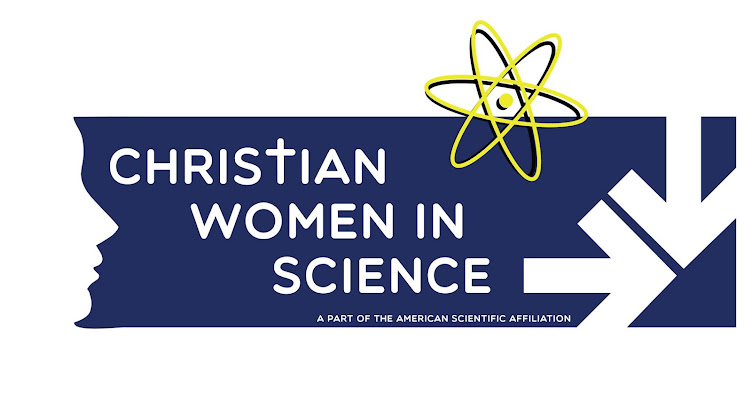Biophotons (from the Greek βίος meaning "life" and φῶς meaning "light") are photons of light in the ultraviolet and visible light range that are produced by a biological system.
Catalina Curceanu is a nuclear and quantum physicist at Italy’s National Institute of Nuclear Physics–National Laboratories of Frascati. She has been studying biophotons, a by-product of normal cellular processes, though it’s unclear how they form.
Normal cellular processes create biophotons, though the light is not visible to the naked eye. These spontaneous emissions are thought to be associated with generation of free radicals due to energy metabolic processes.
Quantum physicist Christoph Simon, of the University of Calgary in Canada, believes that when these reactive molecules attack lipids — long links of fatty acids — they produce “a kind of a chain reaction” and energy is released. Some biophotons escape, “about 1,000 photons per square centimeter per second” from our skin, Simon says. It’s about a millionth the intensity of a firefly and can’t be seen with the naked eye.
As early as in 1923, Gurwitsch, a Russian scientist, observed optical radiation during mitosis in onion roots and called it "mitogenetic radiation". Modern biofield theory has extended this hypothesis to postulate electromagnetic interactions between cells for control and for information transfer.
Read more here: We all have a (very tiny) glow of light, no movie magic needed; Biophotons as Subtle Energy Carriers; Humans Actually Glow With Our Own Form of Bioluminescence : ScienceAlert


No comments:
Post a Comment